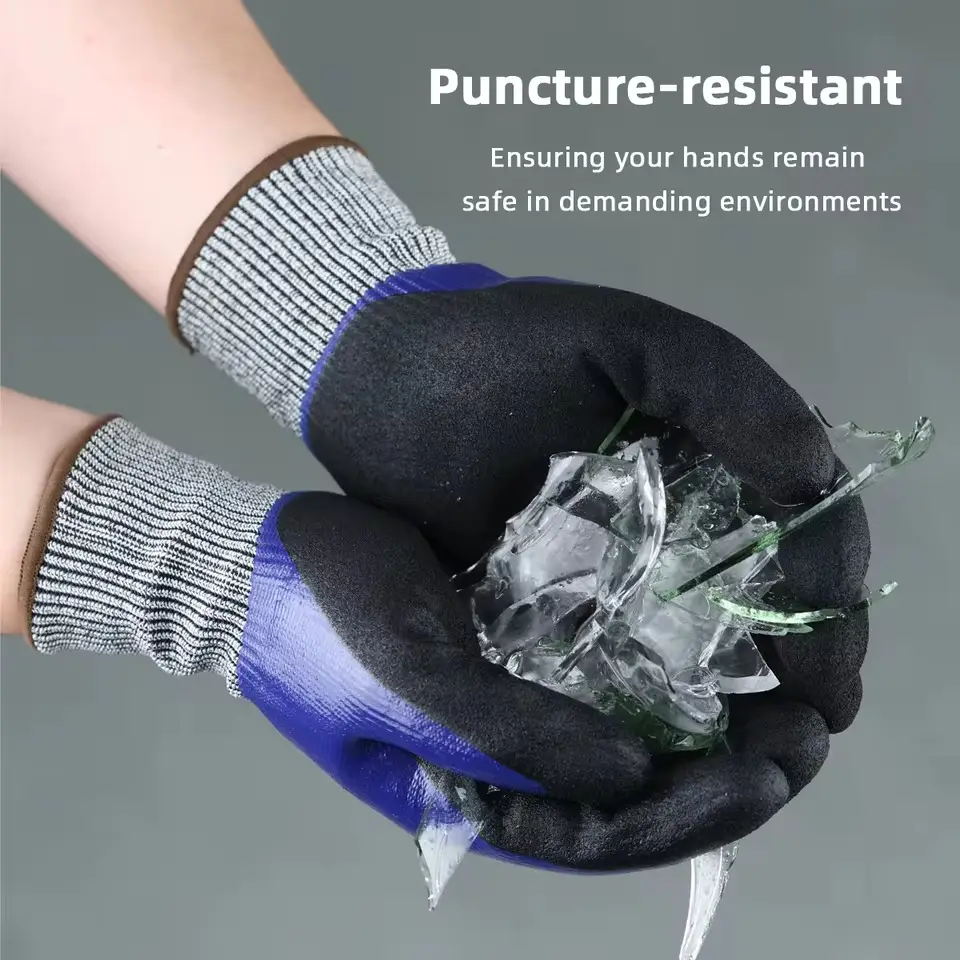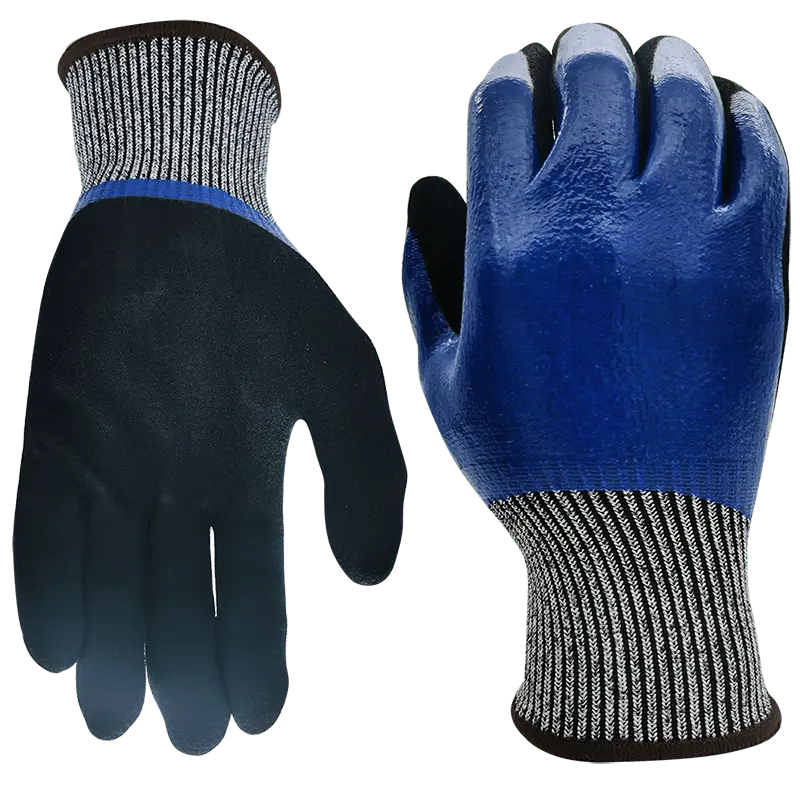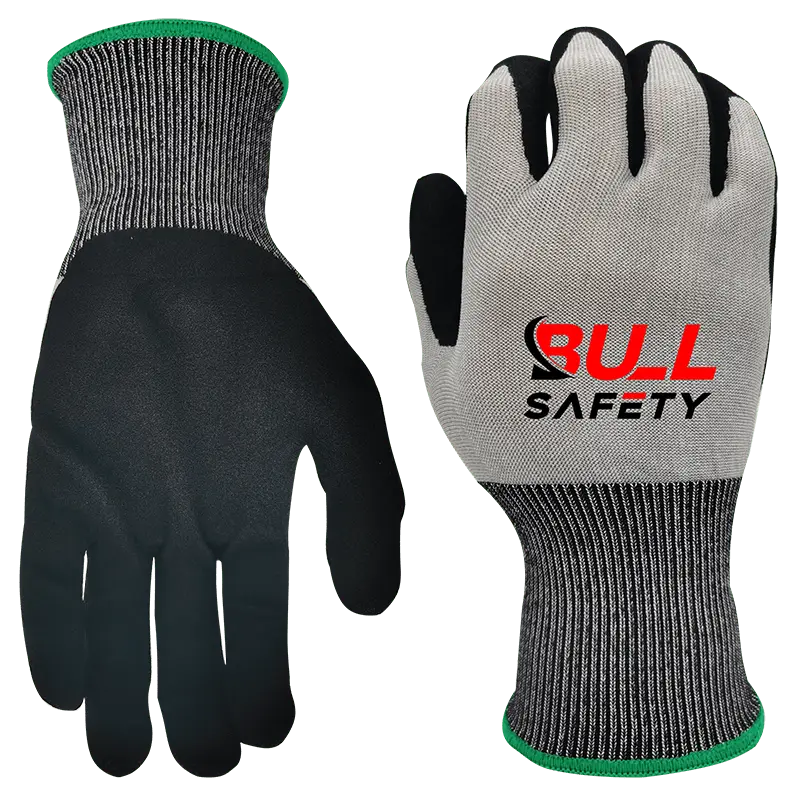As I have been working with protective gloves every day, I know how important it is to find the right balance between safety and functionality. Metal mesh gloves are designed to provide superior protection against sharp objects while maintaining flexibility for precise tasks.
I use metal mesh gloves to prevent cuts and abrasions in industries like food processing, construction, and metalworking. Stainless steel mesh is the most durable and widely used option.
But how strong is metal mesh, really? Let me break it down and explain which materials offer the best protection and how long these gloves typically last.
How strong is metal mesh?
I often get asked just how much force metal mesh gloves can handle.
Metal mesh is strong enough to resist cuts and punctures. Stainless steel is the most durable, offering high tensile strength and excellent corrosion resistance.

From my experience, the strength of metal mesh depends on a few key factors: wire thickness, mesh tightness, and the type of metal used. Stainless steel is the go-to material for most industrial gloves because it doesn’t rust and holds up well in wet environments. Some gloves even have a special coating to improve durability and comfort.
Comparing Metal Mesh Materials
Here’s a quick look at different metal mesh materials I’ve worked with:
| Material | Strength | Corrosion Resistance | Common Uses |
|---|---|---|---|
| Stainless Steel | High | Excellent | Food processing, metalworking |
| Carbon Steel | Moderate | Moderate | General industrial use |
| Titanium Alloy | Very High | Excellent | Specialized environments |
| Aluminum Alloy | Moderate | Good | Light industrial use |
What is the strongest metal mesh?
Not all metal mesh gloves offer the same level of protection. What makes one type stronger than another?
Stainless steel mesh is the strongest metal mesh used in gloves because it provides the best combination of cut resistance, strength, and corrosion resistance.

I’ve seen stainless steel mesh hold up in some of the toughest environments, from meat processing plants to metal fabrication workshops. It’s durable, resists damage, and lasts longer than other materials.
Other strong options include titanium and carbon steel, but they have trade-offs. Titanium is extremely strong but expensive, so it’s only used in specialized industries. Carbon steel is strong but not as resistant to rust, making it less ideal for wet conditions. The way the mesh is woven also plays a big role—tighter weaves provide better cut protection.
Strongest Metal Mesh Materials for Gloves
| Material | Strength | Corrosion Resistance | Common Uses |
|---|---|---|---|
| Stainless Steel | Very High | Excellent | Heavy-duty applications |
| Titanium Alloy | Extremely High | Excellent | High-performance industries |
| Carbon Steel | High | Moderate | Industrial work environments |
How long do steel mesh gloves last?
A common question I hear is: how long can steel mesh gloves actually last before they need to be replaced?
Steel mesh gloves typically last 3-5 years with proper care. Their lifespan depends on usage, environment, and maintenance.

In my experience, the lifespan of these gloves varies. If you use them daily in a high-abrasion job, like metalworking or construction, they might wear out faster. But with proper cleaning and care, gloves in less demanding environments can last several years. I always recommend checking for signs of wear and regularly cleaning them to extend their life.
How Long Do Steel Mesh Gloves Last?
| Use Environment | Estimated Lifespan | Maintenance Tips |
|---|---|---|
| High-abrasion (e.g., construction) | 1-2 years | Regular cleaning, inspect for damage |
| Moderate use (e.g., food processing) | 3-4 years | Occasional washing, avoid chemical exposure |
| Light use (e.g., packaging) | 5+ years | Keep dry, periodic maintenance checks |
Conclusion
From my experience, stainless steel mesh gloves are the best option for durability and protection. With proper care, they can last for years while keeping hands safe from sharp objects.



